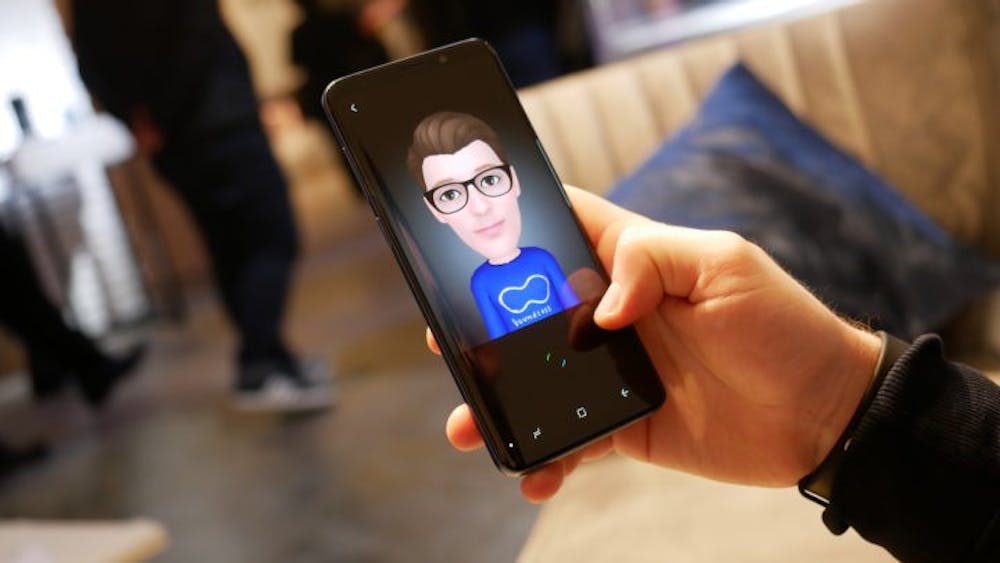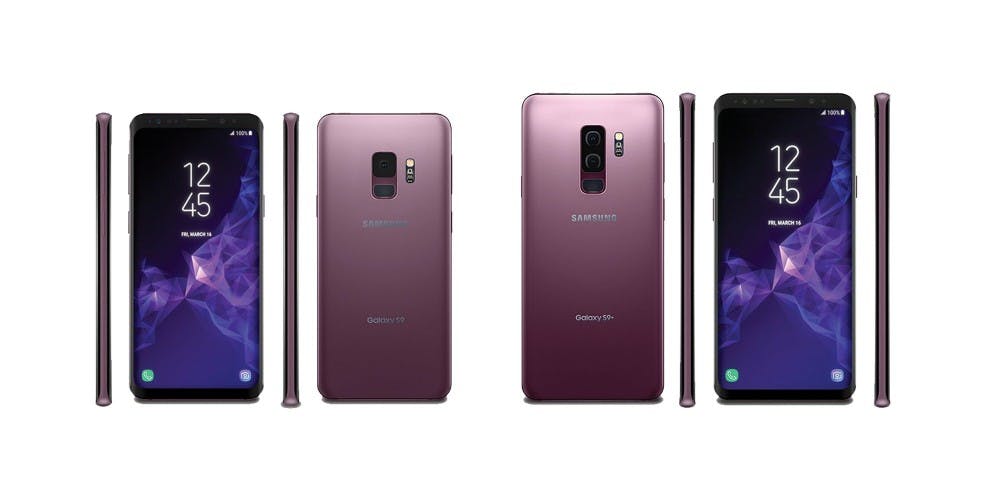The latest premium smartphone from Samsung, the S9 and the S9+, were announced on Sunday, February 25th. Many people were expecting a follow-up to the groundbreaking S8 phones from last year, as well as a “rival” to the iPhone X, because every phone needs to be compared to Apple and not the other way around—obviously. After an explosive year for smartphones, there were many skeptics believing that Samsung would be unable provide an innovative and amazing new phone that would live up to the hype set by the previous year. After watching the official release video, I have one thing to say to those skeptics: You were right.
The Samsung S9’s best and most prideful feature is the camera; in fact, the tagline for the new flagship device is “The Camera. Reimagined.” In my opinion, this outranks “Bigger than bigger” for worst phone tagline ever. If you’ve read my critiques of the iPhone 8 and X or the Google Pixel 2, you know that super-fancy camera technology does not sell me a phone. That being said, I understand that in today’s selfie culture, high-end cameras are a vital consideration for smart devices. But, come on. I’m not the first person to point out that this new phone is the Galaxy S8 with a nicer camera. Samsung has tried for years to break into Apple’s iron grip on THE “selfie” phone, but now they are just being obtuse about it.

Image from phoneArena.com
I knock the fancy camera, but to be fair, this is actually a slick piece of hardware. The camera features a dual-aperture option on the rear 12MP camera, allowing the camera to adjust to different light levels just like the human eye. Since most other phones only have one aperture setting, they instead change the shutter speed and light sensitivity of the picture for digital camera work. Samsung has also improved the slow-motion video to a stunning 960 FPS, and added their very own somehow creepier AR emojis to rival the Animojis of the latest iPhone.

Image from Sammobile
Samsung also is working with their personal assistant, Bixby, and utilizing AR to superimpose live translations of foreign words (fitting, since Samsung is a Korean company marketing primarily in the US), supposedly show calories in food, and give live updates of the weather and location information directly in the camera app using Bixby Vision.
Outside of the camera, there doesn’t seem to be much going for the S9, other than that it operates on Android 8 Oreo until this fall when Google releases Android 9 P-something (my guess is something with peanut butter or pie...peanut butter pie?). Overall, the body and hardware specs remain almost the same as the S8, only slightly shorter and fatter. 18.5:9 aspect ratio on a curved Infinity display, SD/microSD card slot and (thank the heavens) headphone jack, USB-C charging port—the only key differences I can see are the repositioned fingerprint sensor (underneath the camera lens instead of next to it) and dual speakers at the top and bottom for stereo sound. Oh, and a “lilac pink” color option is available. Needless to say, I think I and many people were expecting more innovation for this smartphone.

Image from SlashGear
Samsung isn’t the only phone company struggling with this issue; I critiqued Apple for the not-so innovative iPhone 8, which was practically a glass iPhone 7. In fact, there has been growing criticism for the “marginal” improvements from high-end phone companies over the last few years. It seems as though the market is moving faster than the pace of innovation in the smart device world. The only phones that typically stand out are those mid-range phones with fancy gimmicks employed to sell an otherwise average phone: Moto Z mods, Caterpillar’s thermal-imaging phone (why is Caterpillar even selling smartphones?), and the LG Flex all had fancy selling points that never caught on to the mainstream.

Image from Gizmodo
What all does this mean for consumers and the smartphone market as a whole? Well, for one thing, it means you shouldn’t feel the need to upgrade your phone every year or every other year because the minor technology improvements likely won’t justify the hefty price tag associated. For instance, when I upgraded from my 2013 Samsung S4 to the 2016 Google Pixel, I jumped forwards in technology and OS versions by a significant amount. It’s now been about 17 months since the first Google Pixel was introduced, and the flagship phones that have been released—including the iPhone 7, iPhone 8, iPhone X, Samsung S8, and Google Pixel 2—I haven’t seen as significant a leap in technology as I did previously. So, if you buy a new iPhone every other year, maybe you don’t need to. That extra cash could go towards any number of other purchases.
Smartphone manufacturers that don’t have mobs of people lining up for the latest and greatest phone will likely have to shift their strategies for both marketing and developing new phones. There has been talk about flexible smart phones, and I’m quite disappointed we didn’t see the rumored Galaxy X released here. Perhaps they are waiting until later in the year for a foldable Galaxy Note. Regardless if we, as consumers, refuse to buy phones that aren’t innovative and groundbreaking, then these companies will be forced to develop phones that are.
Sources: YouTube, Byte, The Verge, AdAge, CNET, Pillsbury, Gizmodo, Motorola,
Images: TheTechFreaks, phoneArena, Sammobile, SlashGear, Gizmodo
For more tech-related content, visit us at Byte Bsu!




















